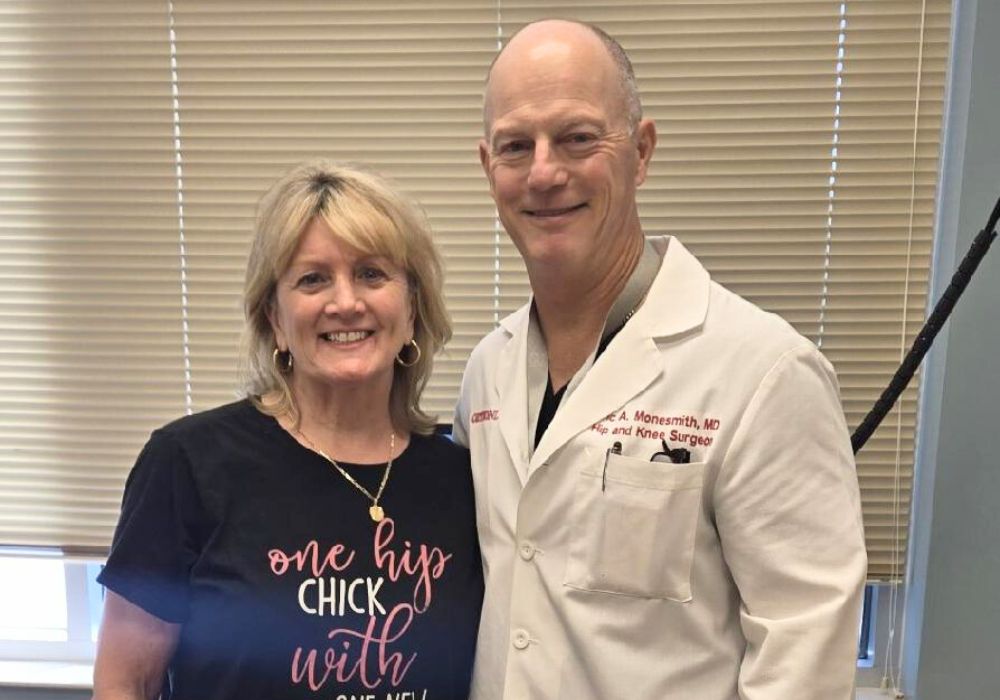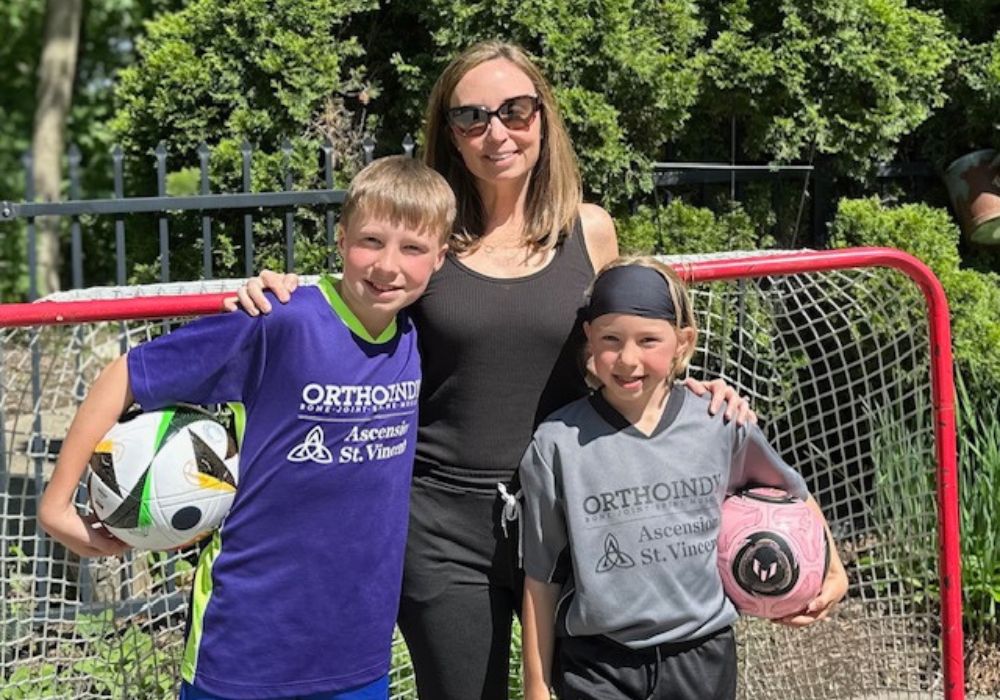Perthes disease is a rare hip condition that affects children. When the blood supply to the rounded head of the femur (thighbone) is temporarily disrupted, the bone cells die resulting in Perthes disease. Although it is called a disease, Perthes is a complex process of stages that only lasts for several years. Over time, the blood supply to the head of the femur returns and the bones begin to grow back.
Anatomy
The hip is your body’s largest weight-bearing joint. This joint is also called a ball-and-socket joint. The ball is the upper end of the thighbone (or femur), which fits into the socket (or acetabulum) at your pelvis. The acetabulum is ringed by strong fibrocartilage called the labrum. The labrum forms around the socket and creates a seal to provide stability to the joint.
There are four stages of Perthes
- Initial/necrosis: The blood supply to the femoral head is disrupted and bone cells die. The hip becomes intensely inflamed and irritated. A child may show signs of limping or a different way of walking. This stage can last several months.
- Fragmentation: The body removes the dead bone and replaces it with an initial, softer bone. The bone is in a weaker state and the head of the femur is more likely to collapse. This lasts one to two years.
- Reossification: New stronger bone develops and takes shape in the head of the femur. This stage can last for a few years.
- Healed: Bone regrowth is complete and the femoral head has reached its final shape.
Cause
The cause of Perthes is not know; however it typically occurs in children between 4 and 10 years old and is five times more common in boys than in girls.
Perthes disease symptoms
- Change in the way a child walks or runs
- Pain in the hip or groin
- Pain with activity that is relieved with rest
- Muscle spasms
Physician examination
An orthopedic pediatric physician will ask for a complete medical history, ask questions about the child’s pain and how long they have been experiencing symptoms, and conduct a physical examination. X-rays will be necessary to confirm diagnosis and determine treatment processes.
Make an appointment with an OrthoIndy orthopedic pediatric specialist
Treatment
Treatment will focus on relieving the child’s painful symptoms, protect the shape of the femoral head and restore normal hip movement. To determine the best course of treatment, your physician will consider your child’s age, degree of damage and the stage of the disease of the time.
Pain will be treated nonsurgically with methods such as:
- Anti-inflammatory medication such as ibuprofen
- Limiting the child’s activity
- Physical therapy exercises and stretching
- Casting and braces
In young children whose X-rays show few changes to the femoral head, treatment is usually a monitoring process. The physician will have the child come in for regular X-rays to make sure the regrowth continues correctly.
In extreme cases, your physician may recommend surgical treatment for your child to re-establish the proper alignment of the bones. This is usually only necessary for older children if more than 50 percent of the femoral head is damaged and nonsurgical treatment has not kept the hip in correct the position.
In most cases the surgical procedure for Perthes is an osteotomy. During this procedure the bone is cut and repositioned to keep the femoral head within the acetabulum.
There are newer techniques emerging to reshape the femoral head or reposition it into the socket once the Perthes has healed but these only have short term follow up at this time.
Recovery
After surgery, a child is usually placed in a cast for six to eight weeks. Then physical therapy will be used to restore muscle strength and range of motion. Crutches or a walker may be necessary to reduce stress on the affected hip. Regular X-rays will also be taken to confirm healing through the final stages of Perthes.
Many children with Perthes will heal uneventfully and have a good hip; however, some will go on to have early arthritis and need early joint replacement or further reconstruction on the hip.
Learn more about pediatric orthopedic care at OrthoIndy.
Schedule an appointment
Your well-being is important to us. Click the button below or call us to schedule an appointment with one of our orthopedic specialists. If your injury or condition is recent, you can walk right into one of our OrthoIndy Urgent Care locations for immediate care. For rehabilitation and physical therapy, no referral is needed to see one of our physical therapists.





